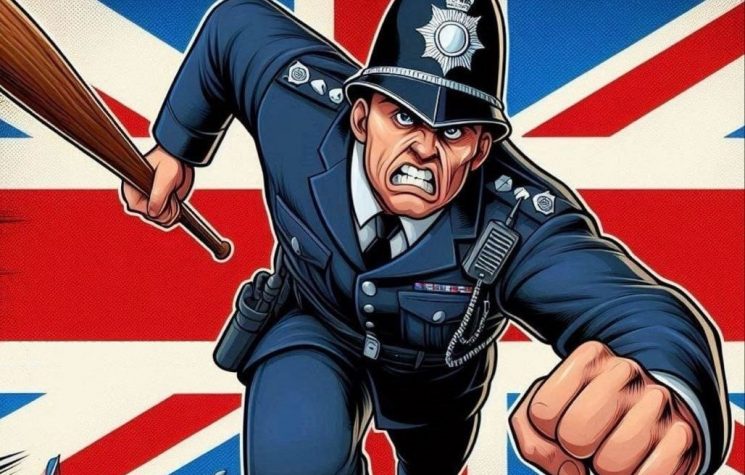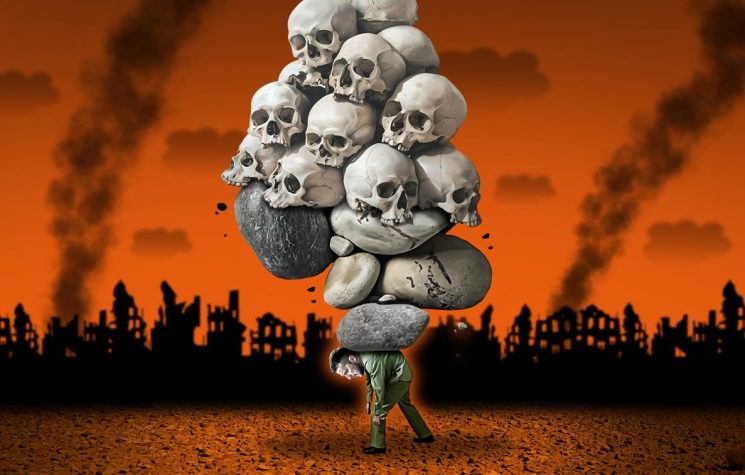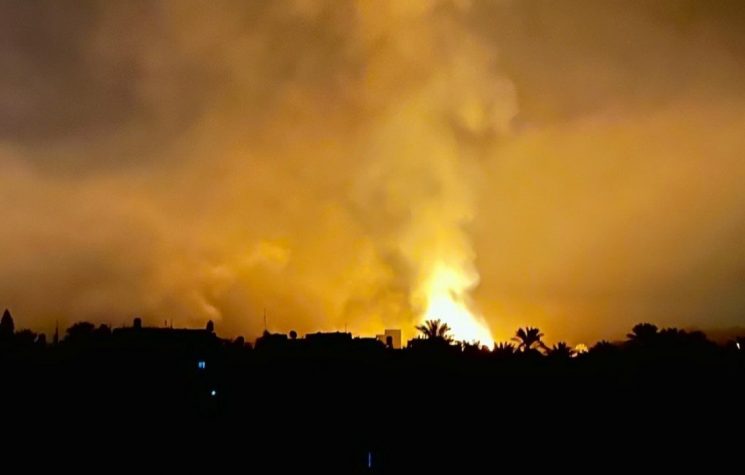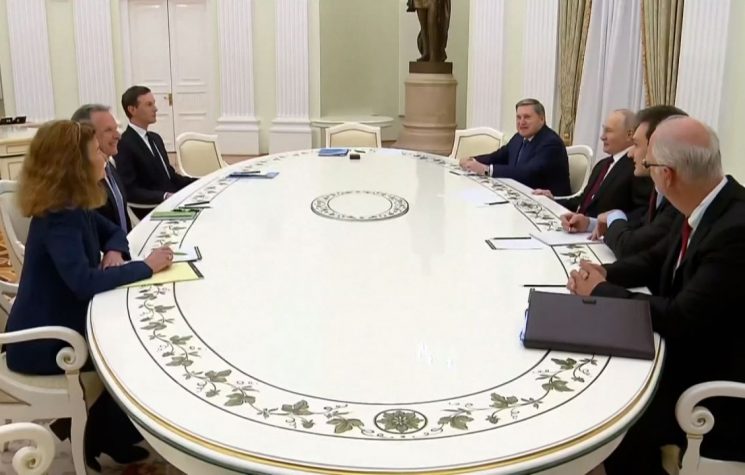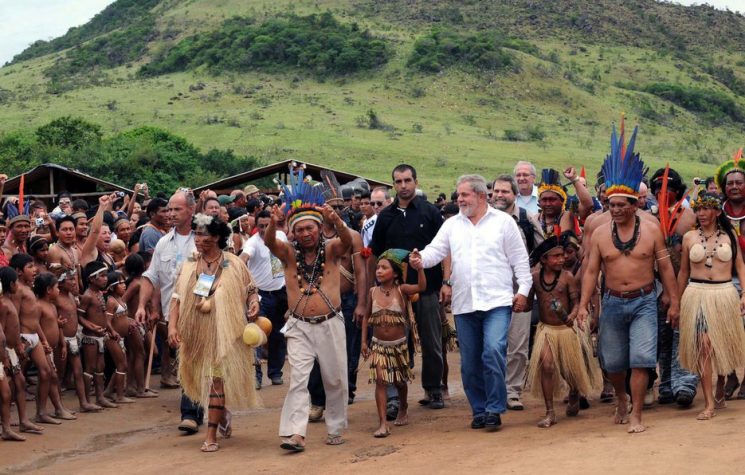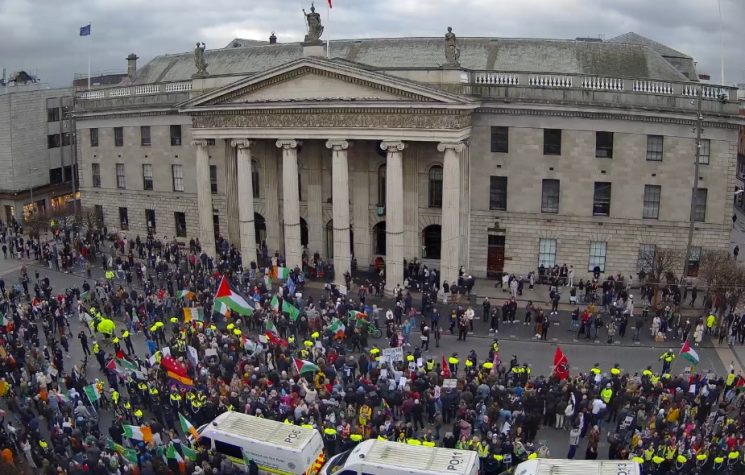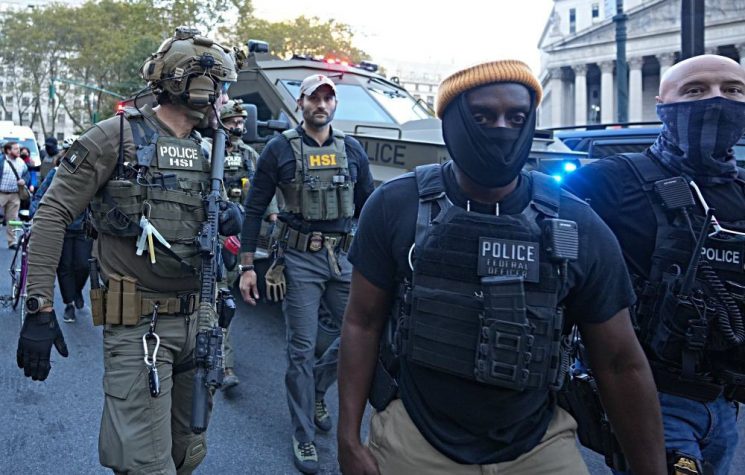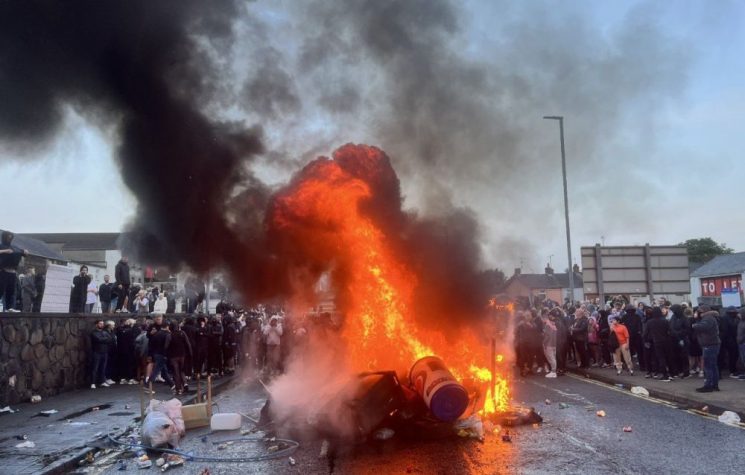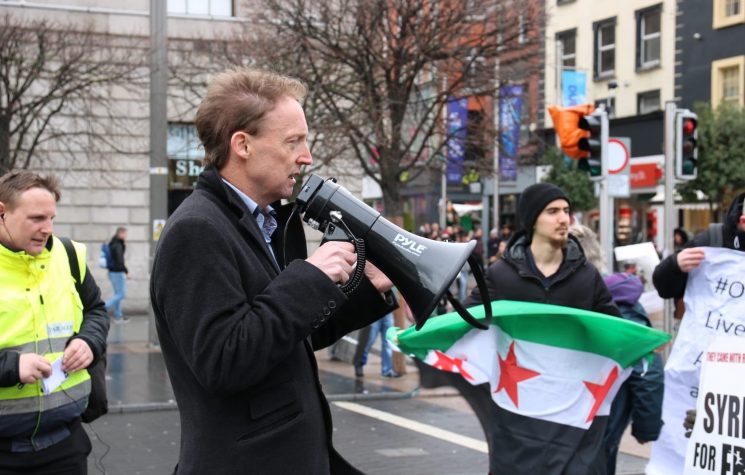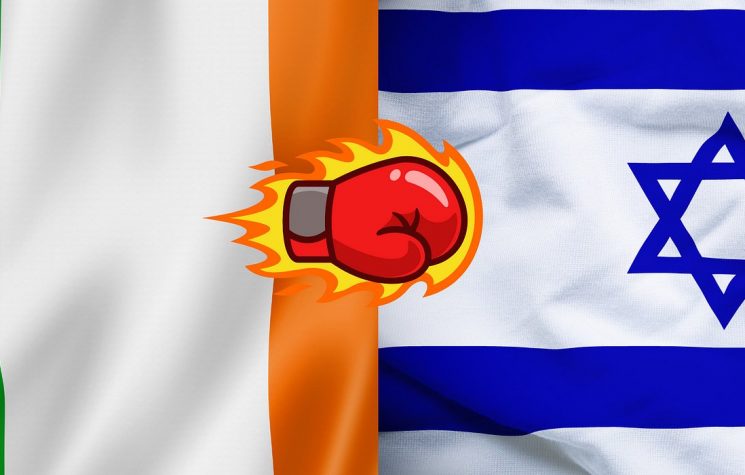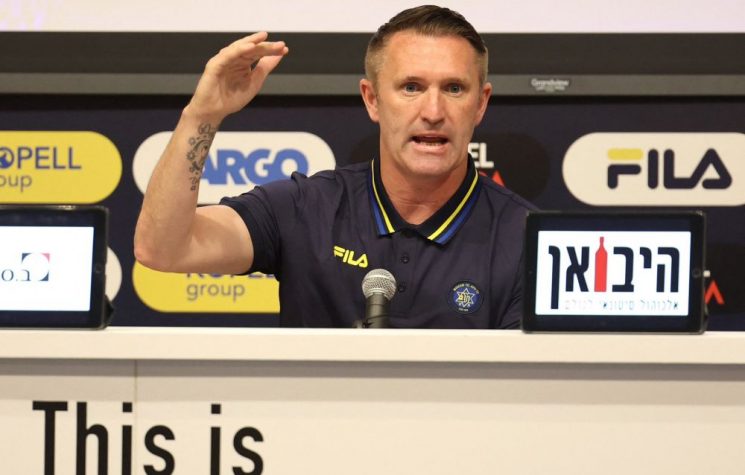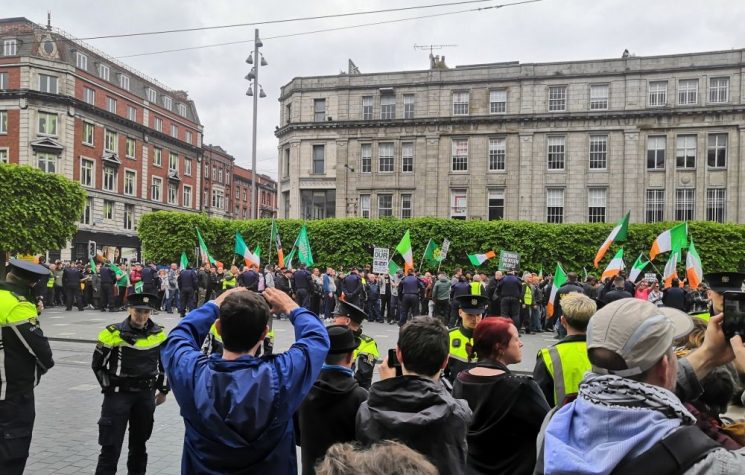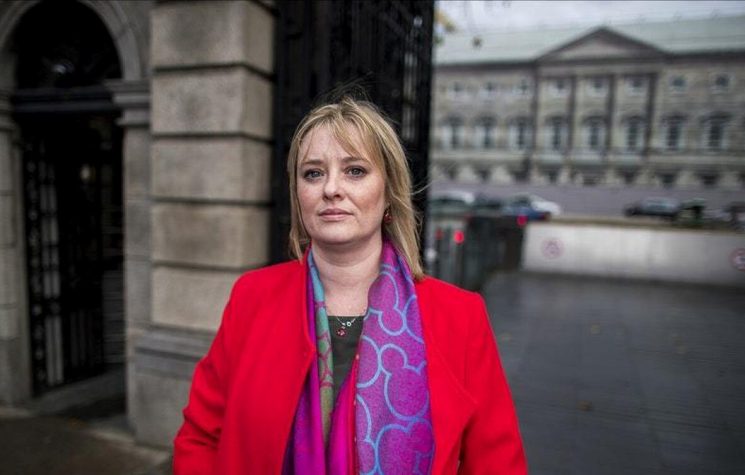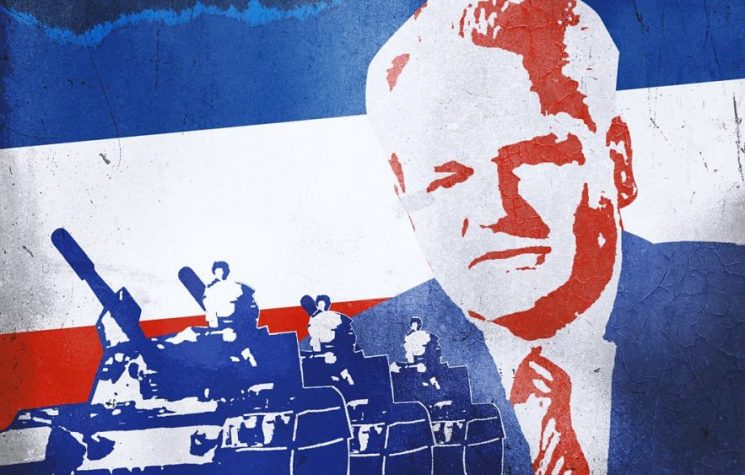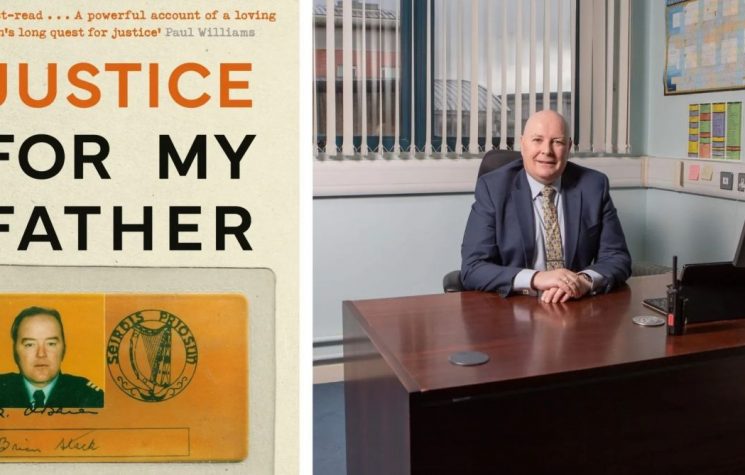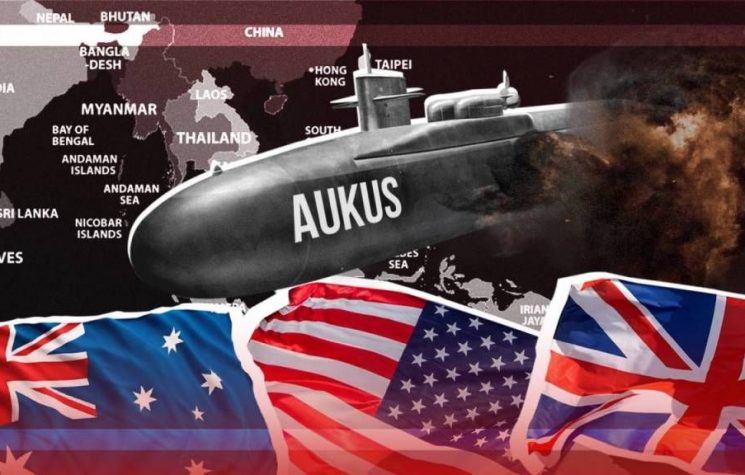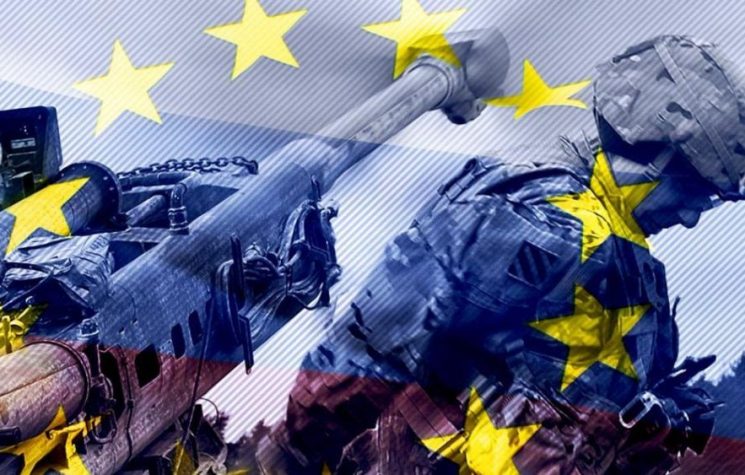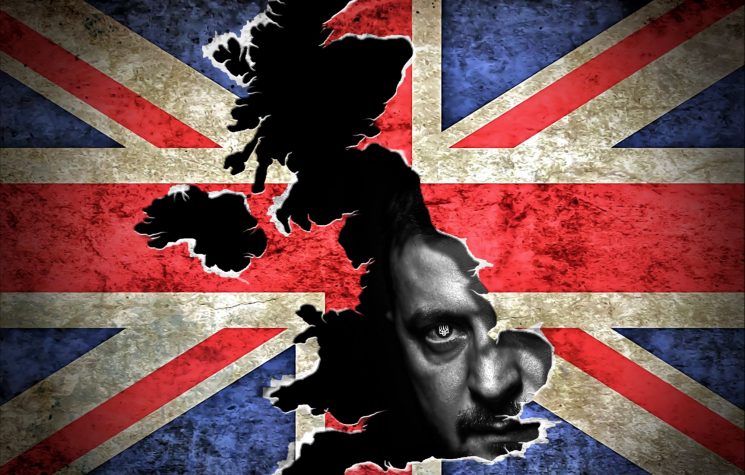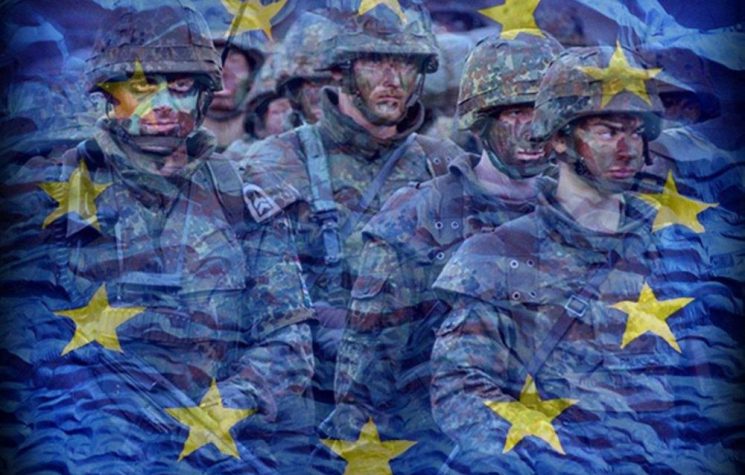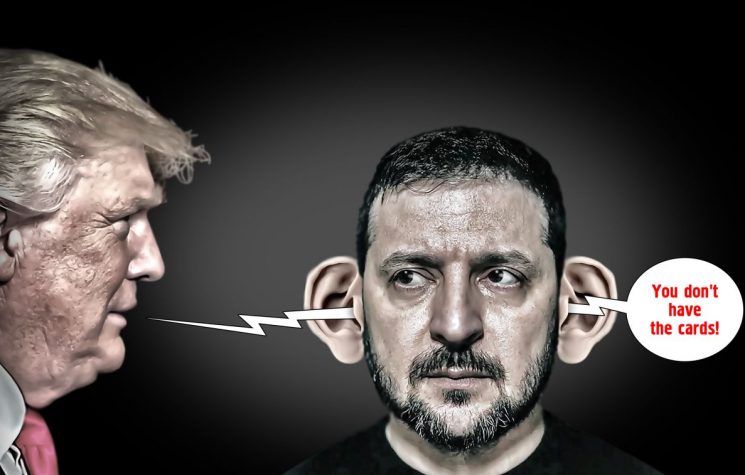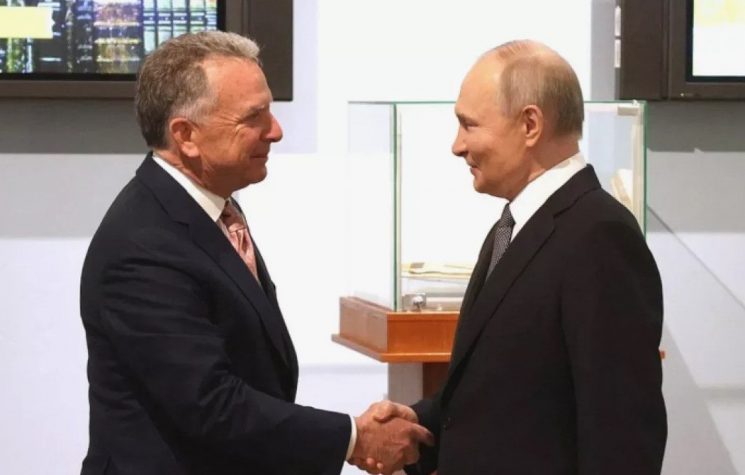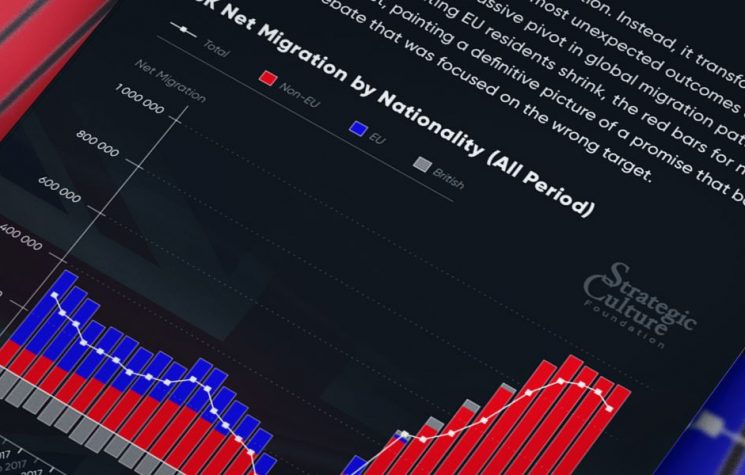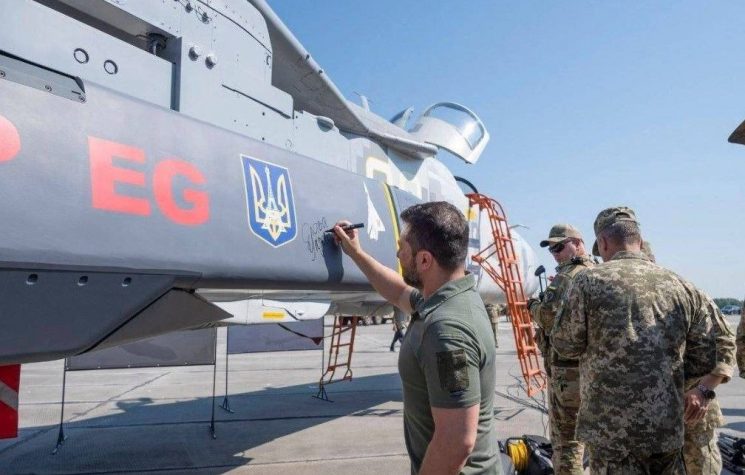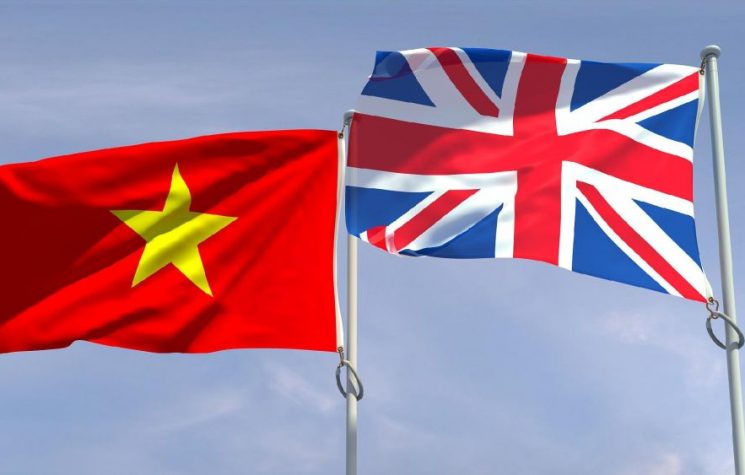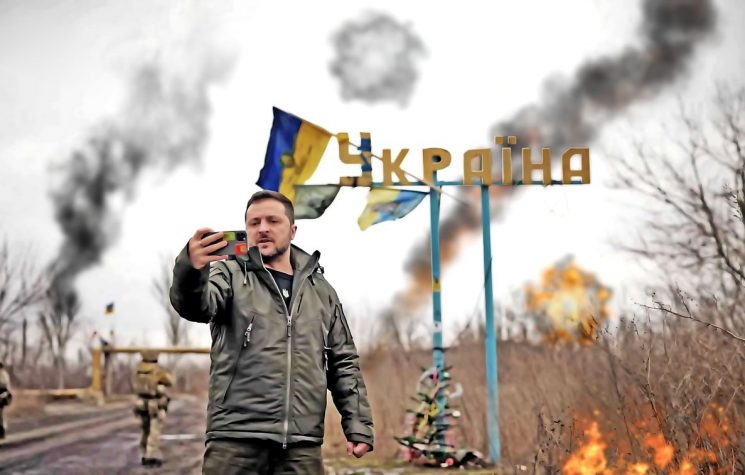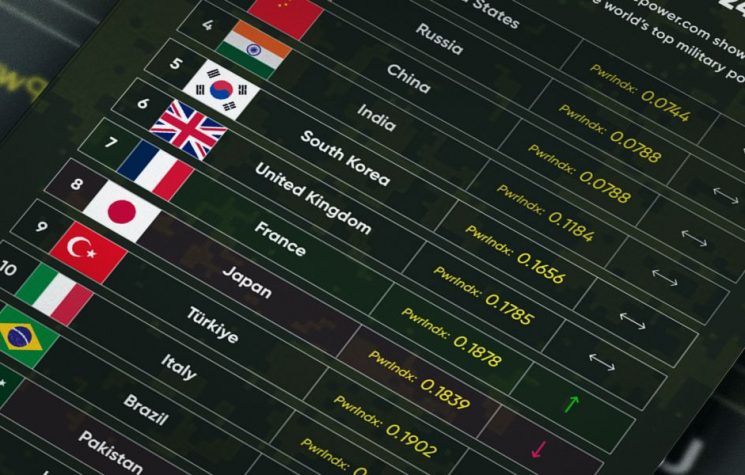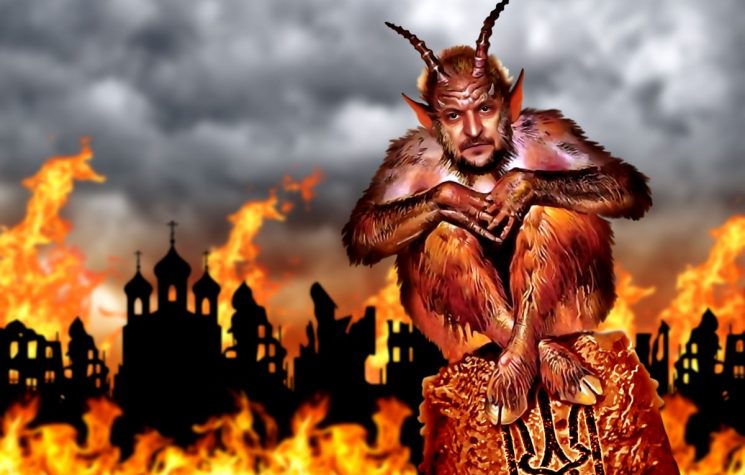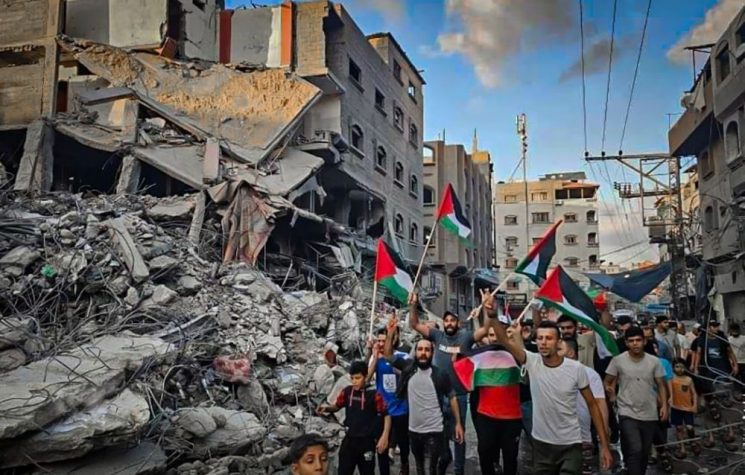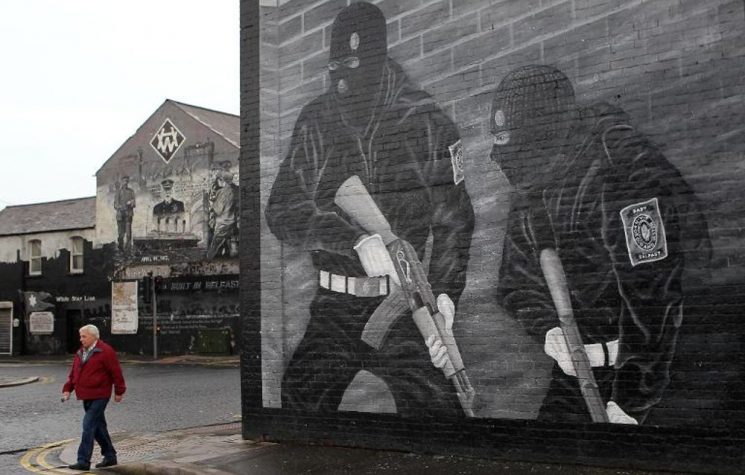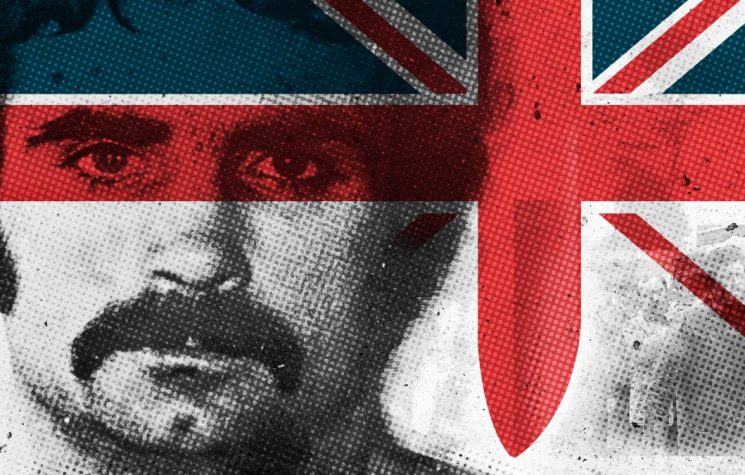Just as Rome was not built in a day, so also was this abnegation of Ireland and everything Irish not done in the seven or so days it took God to create the world.
❗️Join us on Telegram ![]() , Twitter
, Twitter![]() , and VK
, and VK ![]() .
.
Freddie Scappaticci, Stakeknife was, according to the book’s blurb, “the British spy who played a leading role in the British intelligence war against the Provisional IRA.” Stakeknife, along with John Joe McGee, another British intelligence plant, ran the IRA’s Nutting Squad, the IRA’s MI6 equivalent, which brutally dispatched spies and those Stakeknife, McGee and their fellow MI6 agents further up the food chain lied were MI6 spies. Typical of their victims was widowed mother of 10 Jean McConville, who was buried like a dog in an unmarked grave on an isolated beach close to the Irish border where Gerry Adams, Stakeknife’s alleged controller, regularly walked his dogs.
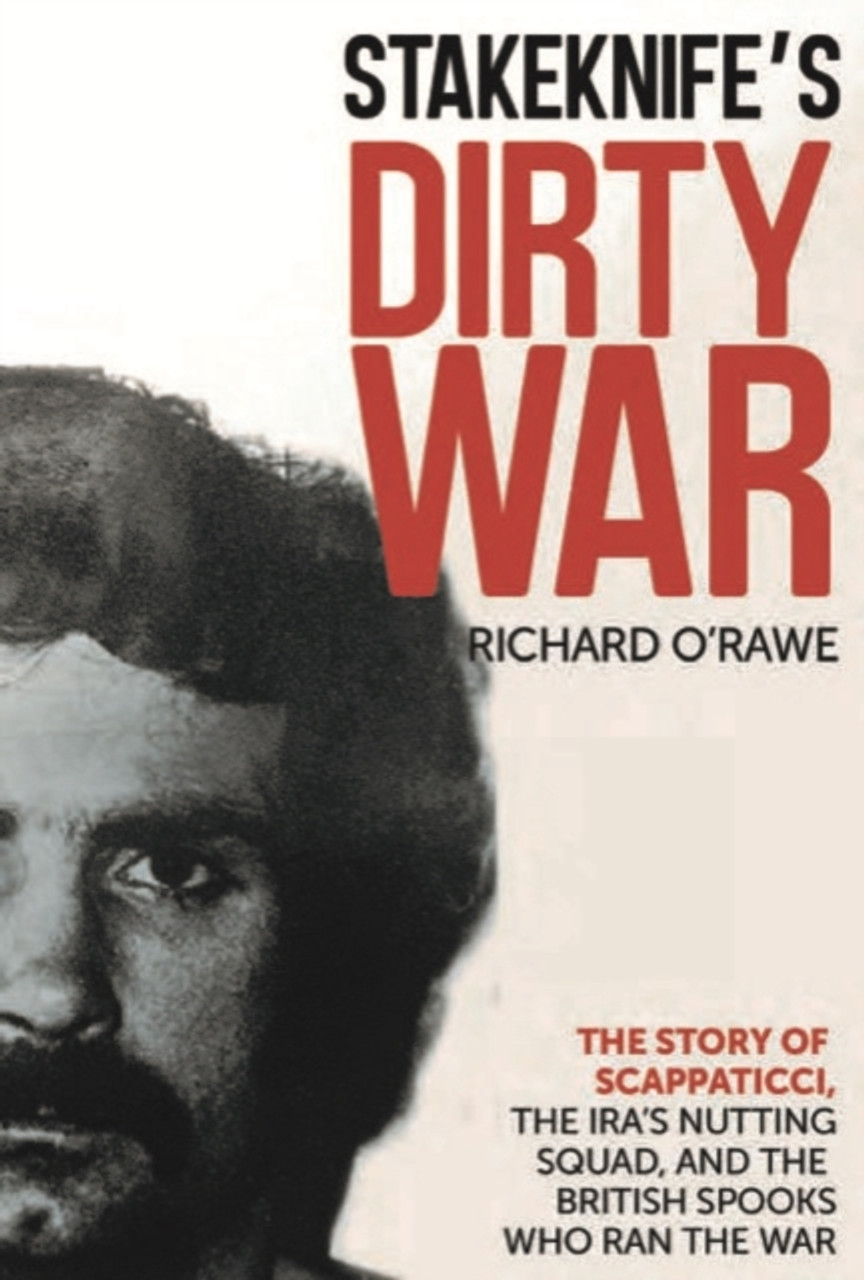
Although there is an impressive library on the war crimes Stakeknife, McGee and Adams are implicated in, O’Rawe is uniquely placed to shed new light on these British funded criminals because he was publicity officer for the Provisional IRA’s blanket men prisoners, ten of whom, including Bobby Sands, seen here with MI6 agent Denis Donaldson, died by hunger strike, and the last six of whom died, so O’Rawe’s previous book convincingly argues, because Adams, Donaldson, Stakeknife and their MI6 pals wanted to milk the maximum amount of political leverage from their martyrdom.
The bigger play here was that, when The Troubles broke out, the British Government were caught on the back foot because the world rightly saw them as running an apartheid system against Irish Catholics which Nelson Mandela and Bishop Tutu both claimed were more discriminatory than anything apartheid era South Africa implemented.
The British response, amply and, one could also say, scientifically spelt out in General Frank Kitson’s Low Intensity Operations classic, was to run gangs and counter gangs to cause chaos, so that Kitson’s SAS could control that chaos and eventually emerge triumphant from the IRA’s long war.
In Ireland’s case, that triumph was formalised with the signing of the Good Friday Agreement which allowed Bill Clinton, Tony Blair, Gerry Adams, Denis Donaldson and its other compromised architects to strut the world’s stage as if they were peacemakers, whilst American companies like Google, Facebook and Big Pharma colonised Ireland’s economy and, from there, its politics, its much vaunted faux radicalism included.
Just as Rome was not built in a day, so also was this abnegation of Ireland and everything Irish not done in the seven or so days it took God to create the world. One must, like Ed Moloney’s excellent The Secret History of the IRA, go further back to the 1940s and 1950s when there was only an IRA rump in Belfast, led by Gerry Adams’ father and others who were subsequently exposed as being serial child rapists and whose victims most likely included Denis Donaldson, who had fought very bravely at the battle of St Matthew’s Church when, under the leadership of Billy McKee (whom Adams sidelined, along with the likes of Ivor Bell and Brendan Hughes), the Provisional IRA got their baptism of fire and, as they say, emerged like the phoenix from the ashes of Belfast to bang away at the Brits.
Although wags have made much of Stakeknife’s Italian name, there had been, as O’Rawe points out, significant Italian immigration into Ireland at the start of the twentieth century and not only had they fully integrated but many of them, including Angelo Fusco, had not only served with distinction in the IRA but had sent several SAS assassins to early graves.
This Italian connection is of interest as a Protestant assassin gang, helped by the SAS, murdered “Italian” Francisco Notarantonio, whom they thought was Freddie Scappaticci (Stakeknife) and Adams’ childhood friend Victor Notarantonio, another member of that extended family Adams’ IRA subsequently cleansed from Ballymurphy, was implicated in the murder of Donaldson, whose untimely passing saved CIA darling Adams from answering a lot of very awkward questions.
Former alleged IRA PR boss and serial Adams sidekick Danny Morrison is one of those who has protected Adams from such questions, most likely because his uncle Harry White and Gerry’s uncle Dominic had “very lucky” escapes from England during the war, when Peter Barnes and James McCormick, their IRA co-conspirators, were caught and hanged as Nazi collaborators over their Coventry bombing outrage. Danny, who saw nothing untoward in the Belfast-based Denis Donaldson regularly popping into his Dublin office for a snoop and scoop, sees nothing unusual in Notarantonio’s murder or, indeed in Stakeknife’s role as a low-level IRA volunteer.
Morrison’s logic, if such it can be called, is that, as Stakeknife didn’t manage to put the IRA out of commission, then he was not playing for Team MI6. But that is to ignore the multi-faced nature of the IRA’s campaign which British intelligence managed to reduce to the South Armagh sniper and the massive bombs the South Armagh IRA made in their largely autonomous Bandit Country to bomb London and Manchester. Militarily, the British did well.
Thanks largely to their intelligence wing. The IRA in the key battlegrounds of Derry and Belfast was destroyed by the supergrass system, whereby, working on tip offs from Stakeknife and the word of their supergrasses, the British would remand in custody hundreds of suspected IRA volunteers and have them replaced with their own agents, who were either paid like Stakeknife (who, like his Sinn Féin POW Dept chums, enjoyed watching humans have sex with animals in his down time) or, as O’Rawe infers, compromised like Donaldson, Liam and Gerry Adams Snr, because, like so many of their peers, they liked to rape children. Much the same happened with Sinn Féin, which is now led and controlled by very dodgy George Soros affiliated agents I reviewed here and here.
O’Rawe’s book is a valuable addition to the Troubles’ literature. It begins with an interview with a no nonsense, dangerous-sounding former South Derry IRA volunteer, who recounts how Stakeknife almost walked the South Derry IRA, then the IRA’s most lethal unit, into a fatal SAS ambush and then has Anthony McIntyre, another Belfast IRA volunteer Adams’ crew chased out of Ballymurphy, explain why precisely Stakeknife was such a valuable asset to MI6, before O’Rawe says that former IRA volunteers and civilians are still afraid of Adams’ hit squads who are still into “sculpting the narrative”.
It then gives a brief summary of Italian immigration into Belfast and the British Protestant supremacists they had to contend with before settling in to tell of the resurrection of the IRA phoenix and how Stakeknife, the man, and Stakeknife, the IRA commander fitted into that new dynamic.
O’Rawe then moves on to July 1973 when IRA informer Eamon Molloy had Gerry Adams, Brendan Hughes and some others we previously mentioned arrested, an indication that MI6 intelligence gathering was already bearing tangible fruit at that early stage into the Troubles.
It was at the same time, when Stakeknife was being rearrested, that Brendan Duddy, MI6’s go-between in Derry entered the picture. Though Duddy would be a key agent in bringing down the entire IRA through the Good Friday Agreement, his entry into the picture shows MI6 were hard at work working towards their end solution of criminalisation, normalisation and Ulsterisation, as sculpting the narrative to suit their objectives, just as the Yanks tried to do in Vietnam and as MI6 and the CIA both tried do in Syria, Ukraine and so many other theatres of war.
Stakeknife was an early convert to the programme and made a fortune from building site scams that were, as Ed Moloney pointed out, more the forte of the Official IRA and their Protestant supremacist buddies but which the Provisional IRA gave Stakeknife a pass on.
Chapter 5 gives us the birth of the Nutting Squad led, lest we forget, by former British special forces soldier John Joe McGee and cross community organised crime gangster Scappaticci. As the Nutting Squad’s remit included “vetting all new recruits, debriefing all volunteers…, implementing anti-interrogation techniques and getting to the bottom of any operations that had gone wrong”, it was, with those who ran it, a high priority MI6 target. With Stakeknife’s racketeering with PIRA’s enemies, coupled with his child molestation and bestiality fetish, he was, like countless others, an easy mark for MI6, which was run by super spy Sir Maurice Oldfield, who raped the children of Belfast’s Kincora Boys’ Home during his own down time.
The serial rape of young boys by Oldfield and his agents in the IRA, in Sinn Féin and in their Loyalist counter gangs is important to stress as it shows they had no morals, no empathy and no compassion. O’Rawe’s book eloquently illustrates all that in the case of Stakeknife and his handlers and MI6 fellow-collaborators, who are implicated in the murders of over 500 British citizens and for which the current British regime’s Operation Kenova is trying to grant life-long amnesties, just as they previously granted amnesties to their khaki-clad butchers in Kenya, Malaya, Iraq and elsewhere.
Though the South Armagh IRA passed word on to Belfast IRA as early as 1983 that Stakeknife was not kosher, Adams and his crew allowed Scappaticci continue to have IRA men and women executed as MI6 agents on the word of MI6 for the next 20 years, until he was fully exposed as an MI6 agent in 1983, after which Sinn Féin leaders Gerry Adams, Danny Morrison and Martin McGuinness still vouched for him.
When former IRA boss and suspected MI6 alpha tout Martin McGuinness died of a HIV related illness, in December 2016, his passing was treated as a national tragedy and Orgy Island frequent flyer POTUS Bill Clinton was flown over to give the oration in Derry’s St Eugene’s Cathedral which Protestant political boss Arlene Foster was made attend supposedly as part of the CIA’s never ending peace process but in reality to help cement CIA and MI6 rule in Ireland.
This rule was, in part, accomplished, as O’Rawe’s book details, by MI6’s wholesale slaughter of Catholics in East Tyrone and, as John Crawley’s book shows, by the IRA’s collaboration with Boston gangster and FBI informant Whitey Bulger. And, of course, by beta touts like wee Willie Carlin who was flown to safety out of Derry on Margaret Thatcher’s private plane, by heartless alpha touts like Martin McGuinness and by far too many others, who have done very well for themselves from King Charles’ libel laws.
Despite spending years on the blanket protest and taking on both MI6 and their agents in the IRA and Sinn Féin, O’Rawe has carved out a successful career as an author without being broken and dying as a river rat, like what was the fate of Kieran Nugent, Ireland’s first blanket man or without selling his soul for either the British Crown or the British half crown, as Stakeknife and so many of his former colleagues so willingly did. But then, as O’Rawe and Moloney both allude to, perhaps O’Rawe and so many others were not part of that Belfast Family, that Cosa Nostra, that the child molesting forebears of Morrison and Adams nurtured in those darker days before Bill Clinton, Tony Blair and their death squads set about their remoulding of Ireland into the pitiable Quisling state it has now become. Richard O’Rawe has done his family, his former comrades and his community, which suffered so much for so little, proud with this highly recommended book.








